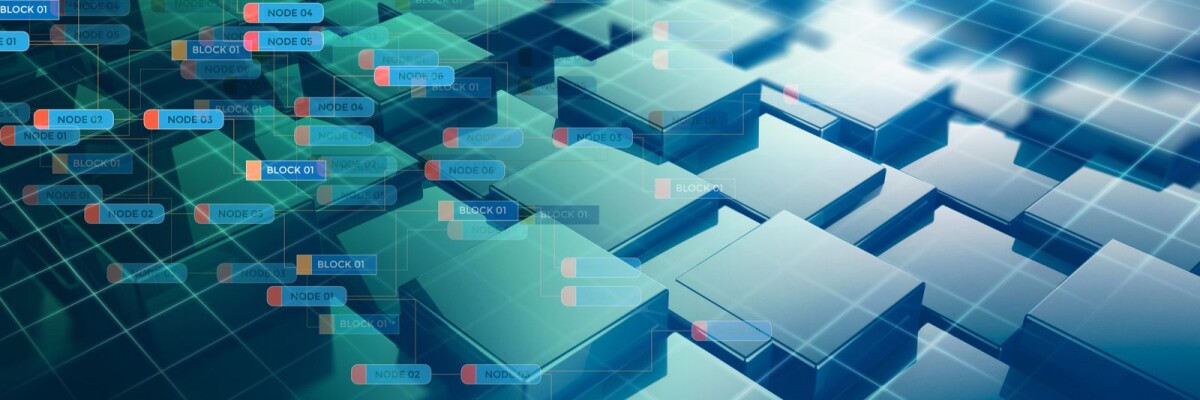The very word “blockchain” suggests that this technology is about building blocks. Blocks are digital information registers that record data on the transactions made. They do not necessarily need to be...
The very word “blockchain” suggests that this technology is about building blocks. Blocks are digital information registers that record data on the transactions made. They do not necessarily need to be financial transactions, we are talking about any information exchange in principle. In other words, if a blockchain represents a distributed book of accounts, a block is one page of that book.
Block Structure
Each block consists of a header and a list of transactions. Information specified in a block header varies depending on the cryptocurrency, but a tentative data set is as follows:
- reward to the miner for creating the block;
- block version;
- block data and time;
- block header’s own hash;
- hash of the previous block;
- hash of all transactions in the block;
- other service information.
To put it in simple terms, a hash represents extensive information converted into a fixed-length bit string. In other words, each new block contains information about its own characteristics and the characteristics of the previous block.
Blocks are formed one after the next at regular intervals forming a consistent chain of records, copies of which are available to all network members. The process is implemented using the miners’ computing power.
What Is A Fork In Blockchain
Blocks are formed simultaneously by lots of miners around the world, and it often happens that several blocks refer to one and the same block as their previous block. In that case, the system can branch out, like a tree with many branches growing from its trunk. This process is called a fork.
The longer block chain is considered to be the “trunk” and if the chains are of equal length, preference is given to the one whose last block was formed earlier. All transactions that did not make it to the main chain block are rejected and join the queue to get into a new block.
Share this with your friends!






Be the first to comment
Please log in to comment